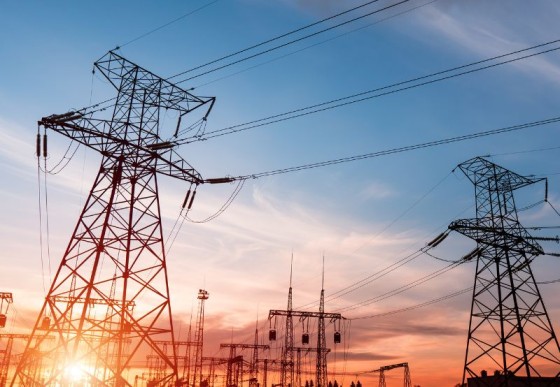India–US Trade Tensions Rise Over Steel and Auto Tariffs NMDC Limited reports a 38% drop in Q4 FY24 consolidated net profit RINL to Raise $23 Million Through Land Sales Amid Crisis

According to the power ministry, India met a record maximum power demand of 250 GW, due to a combination of weather-related loads and increased industrial and residential power consumption in these areas. The demand for non-solar hours reached an all-time high of 234.3 GW the day before.
A record 'demand met' of 86.7 GW was reached in the northern zone, while 74.8 GW was met in the western region. Thermal generation hits a peak of 176 GW, especially during non-solar hours. A key contributor for the generation was implementation of section 11 of the Electricity Act, which facilitated the maximisation of generation from imported coal based plants and gas based plants, the ministry mentioned.
Support from renewable energy sources especially solar during solar hours and wind during non solar hours was significant in meeting the demand the government added. Peak power demand has been touching record highs this month led mailt.by cooling demand with major parts of the country reeling under heat wave and temperature reaching record highs.
The last record of peak power demand was a day before at 246 GW. Last year, peak demand in May was 221 GW, as temperatures were lower than expected and there were fewer days of heatwave conditions. However in FY24 the peak demand was met in September at 243 GW.
Also Read : Gujarat's mega projects drive growth; summit aims to boost investments India's coal production up 7.4% in April to 78.69 MT